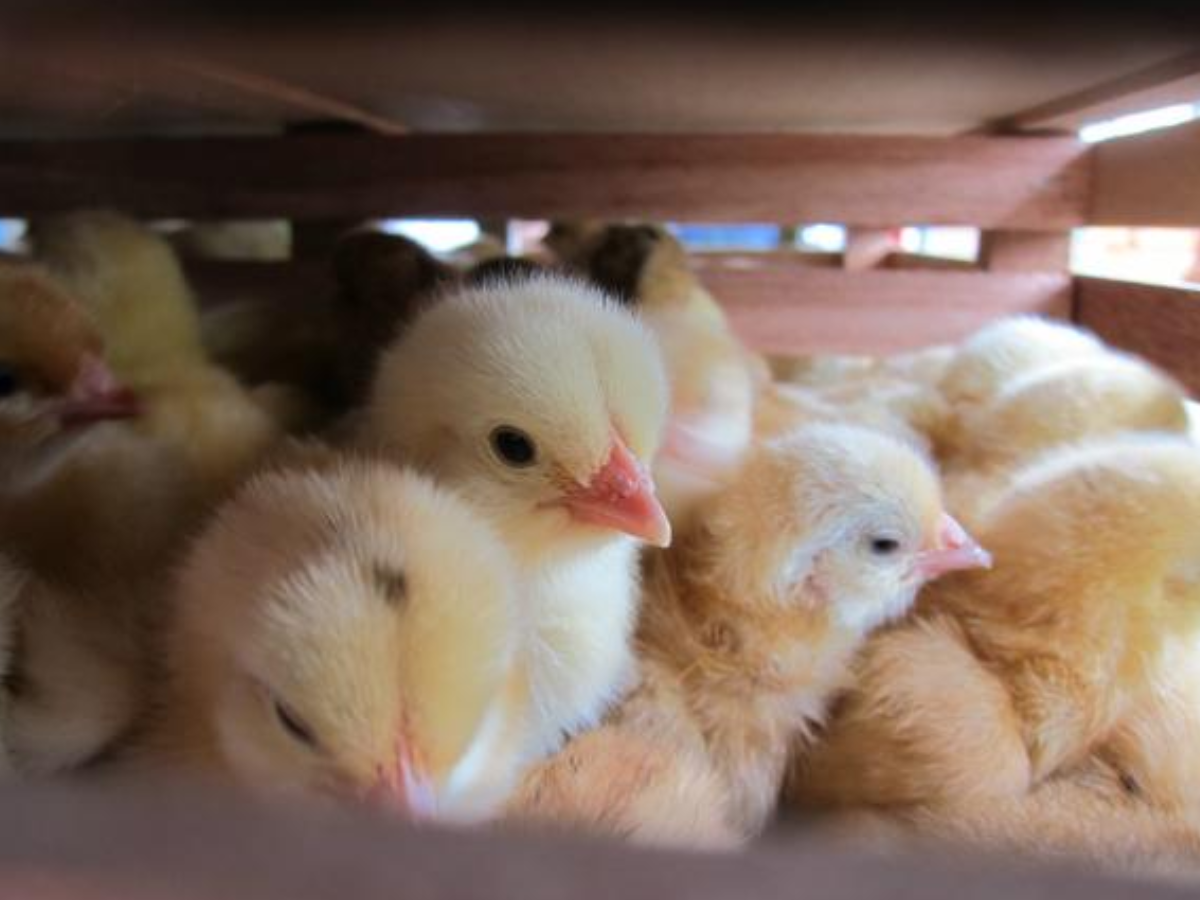Toh Thye San Farm: Hormone-free chickens

Did I really want to find out where and how Bincho at Hua Bee’s tender, flavourful chickens were farmed? I did, though I wasn’t sure if a trip to its premises in Johor Bahru, Malaysia, would make me feel guilty about eating the yakitori-ya‘s (a small Japanese-style grilled chicken restaurant) headlining meat.
What I discovered definitely made the trip worthwhile, and affected my perspective on chicken being the “dirtiest meat” on the market.
It took Bincho of Hua Bee’s chef Asai Masashi three hours to interrogate the chicken farm about their practices, and I was just getting started.
The people and the farm
The farm
The journey to the farm in Simpang Renggam, Johor, took us an hour from the Causeway by car. It’s a fairly smooth journey, especially if taken, as we did, on a Monday morning, in between rush hour traffic.
We took the highways, and switched vehicles later, to hardier, four-wheel drives to be able to maneuvre the uneven stone-littered paths that lead into the farm.
The chickens
The older the chicken, the better the taste
The older the chicken, the more intense the flavour of the meat.
However, it costs more to rear older chickens, which is why many farms stick to rearing fast-growing broilers. The cost of the feed and the use of space make it less feasible to rear the chickens for more days. If the turnaround is short, a farm can rear more chickens, hence making more profit.
In between cycles, the pens also need a three week period before it is used for rearing again.
At present, Toh Thye San is trying to rear 140-day-old chickens, half of a chicken’s general lifespan.
Toh Thye San’s main aim is to replicate the chicken meat from at least 20 years ago, with as little antibiotics as possible. “We only feed the chickens antibiotics if they fall sick, which is not often,” reveals Toh. “When one does fall sick, however, the disease spreads quickly, and the entire pen might be affected, which is why we have to act fast.”
Why Toh Thye San Farm’s chickens stand out
Toh Thye San (Gesing) is merely two of over 130 chicken farms in West Malaysia exporting live chickens to Singapore, but once cooked, the hormone-free chickens clearly taste different from the general stock.
According to Toh, the chickens differ because of the age they grow to, the peaceful and cageless environment they grow up in, and their food, 100 per cent natural feed and the lack of antibiotics.
Even at 8,000 chickens per pen, the pens have have the flocking density of a commercial Broiler pen. The chickens are left to mature in one pen for their entire lives, as moving them around will stress them out.
The feed (that is mixed by the farm in a different facility) is made up of corn, wheat, organic selenium, vitamins, orgacids, probiotics and some five spice flavouring known as ‘Indian herbs’. Two kilograms of corn makes 1kg of chicken meat. “Chickens are like humans when it comes to their diet,” Toh said lovingly. “They need a balance of nutrients, as well as flavour. We add five spice powder to their feed, and they are happier eating it.”
In addition, the chickens are fed with distilled tap water. There is a distilling facility in each farm.
The adage “you are what you eat” fits in perfectly here: Toh once experimented with garlic powder in the chickens’ feed. The result was garlic-flavoured chicken meat. “It was fun, but who would buy it?” he chuckled.
How ethical is the farm?
Though the chickens were kept in pens, I saw no cages, and the chickens had space to fully stretch their wings. Some even flew in the pens.
The beaks of the day-old Naked Necks were trimmed, but Toh claims that is general practice in the industry for aggressive chickens. “The white broiler chickens do not need de-beaking because they are not as aggressive as the red chickens. The white broilers are slaughtered at a much younger age of 25 to 33 days. In that period, the natural aggression of the chickens do not show.”
Toh adds, “We treat the chickens with respect and care. We don’t throw them around, and every morning a herder will go in to herd them. The herder is the same person for their entire lifespan.”
In addition, the chickens are given things to peck on, and there is plenty of natural light and breeze in the pens.
It took Bincho of Hua Bee’s chef Asai Masashi three hours to interrogate the chicken farm about their practices.
Toh has dreams of letting the chickens roam free on land in the future.
I do too.
Here’s a video of what we ate at Bincho @ Hua Bee.
Toh Thye San Farm currently supplies chicken to restaurants, and to consumers via a few websites only. The websites are: The Barbie Girls, The Fish Wives and The Organic Grocer.
Toh Thye San Farm | Office address: 684 Hougang Avenue 8 | Tel: 63869300
Celine Asril is guilty of taking pictures of cute animals, and of all her meals. She’s currently concerned about the state of the overfished world and upset about unsustainable practices and would like to do something about it.




